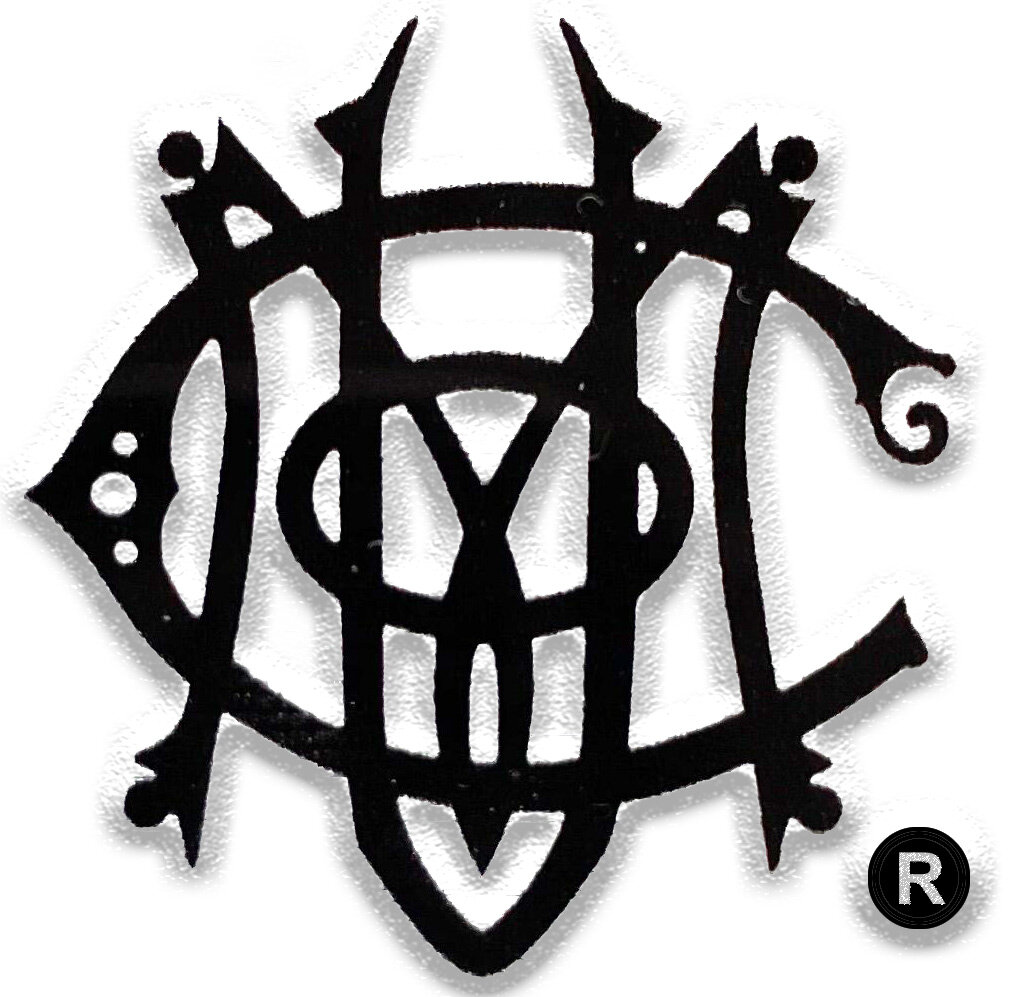Why are Union Plane Irons 01 Tool Steel?
The popular options for steel in a plane iron today are O1, A2 and PM-V11. Which are all good options depending on what you like and prefer. Why did Union choose O1? Much as we love to pay our respects to the tool manufacturers of the past, it's not about traditionalism (except for the shape of our irons of course), it's about what we think will work best in our customers hands.
Our customers use their planes. They are not shelf queens or dusty workshop curiosities. (We of course like those too….) They get used for real work on real projects. When it comes to tackling the most difficult grain, there is a golden rule. Sharp fixes everything. A2 and PM-V11 just can't compete with O1 when it comes to ease of sharpening, and absolute sharpness.
So why does anyone choose A2 or PMV-11? A2's claim to fame over O1 is edge durability. It is true that the edge on an A2 blade will not dull as fast as the edge of an O1 blade. So what's A2's trick, how does it last longer? The short answer is chromium, which equates into hardness.
A2 and O1 are pretty similar except for a few additives. Added Chromium helps with hardening but allows chromium carbides to form in the steel. Chromium carbides are large particles, and that brings some down sides. If you have large particles at the edge, the radius of the edge is larger, and it cannot be as sharp as a blade with finer particles at the edge. Finer particles equal a finer potential edge, since the idea behind a sharp iron is an edge that is as fine as possible, an “infinity edge” if you will.
These large particles can pop free under stress, making A2 more brittle and a bit more prone to micro fracturing and chipping. A2 resists wear, that includes when you are sharpening with it. So your A2 edge will last longer, but there is a good chance it will chip worse, and when it does it will take a lot longer to get that sharp edge back.
PMV-11 is the new kid on the block. It's a powdered metal alloy. This allows it to have a far finer grain size than A2, while retaining similar resilience to wear. That resilience is still provided by carbides. The size of the carbides in PM-V11 is smaller than A2, but still larger than anything found in O1. PMV-11 gives good resilience, while not having the worst of A2s brittleness problems. PM-V11 is also easier to sharpen than A2, but far from as easy as O1.
To summarize:
1. O1 is easy to sharpen, takes a great edge, but dulls quicker than the alternatives. However it is easier to bring back to a fine edge, with much less effort.
2. A2 has good edge retention, but is brittle and hard to sharpen.
3. PM-V11 has good edge retention, is far less brittle than A2, still a bit more difficult to sharpen than O1 and cant get quite as sharp an edge as O1.
A good craftsman sharpens his tools regularly and is comfortable with the process. At the start of a large body of work, sharpen. Before final smoothing, sharpen. As soon as the shaving comes that little bit harder, sharpen. There are 100 reasons to touch up the edge of your iron. We decided to make it as easy as possible to do that, and give you the best edge possible when you do. We choose O1 because we care about getting you back to work with touch ups being a breeze vs harder materials.
We designed the new Union irons to look traditional, from the ears of the iron being clipped off as they once were, to having the chipbreaker screw hole being at the top of the iron. Looks are important to us, however function is just as important, with O1 being the secret sauce, the perfect balance for you to use daily in your shop.
Union Tools are Exclusively available through our retail partners
Europe
USA





